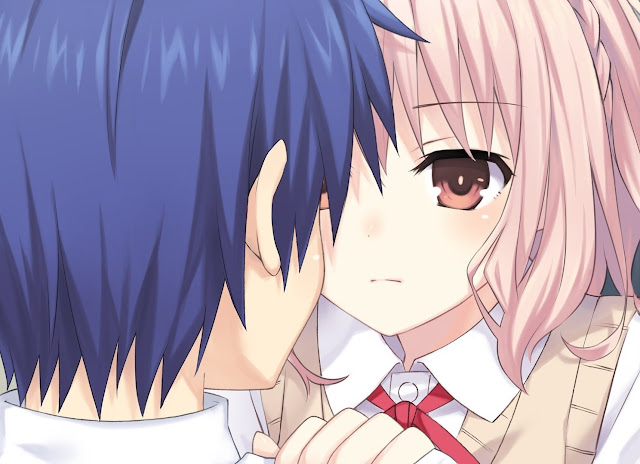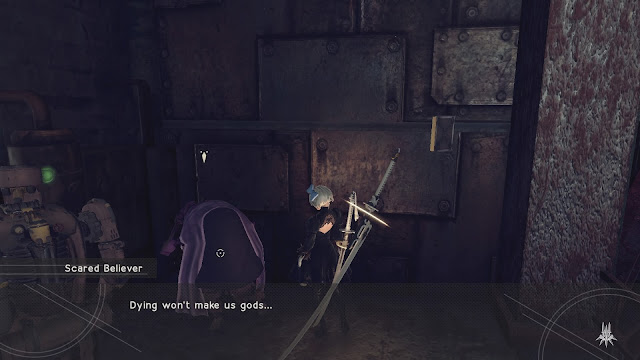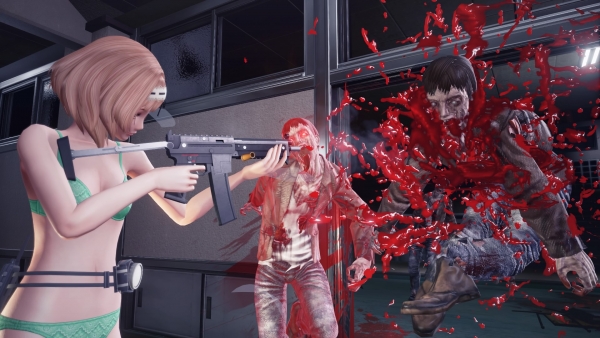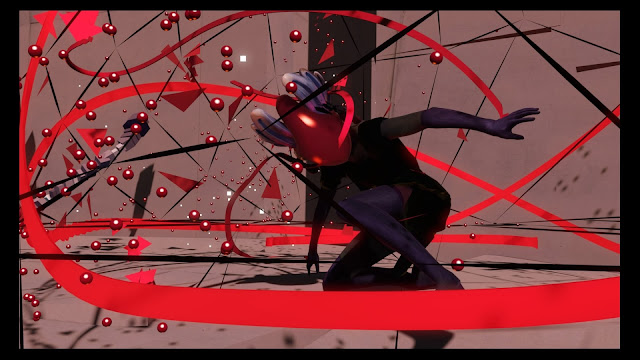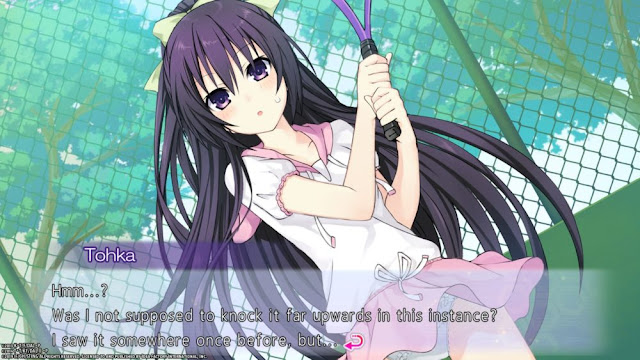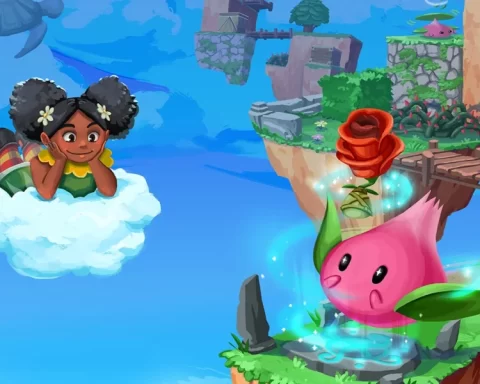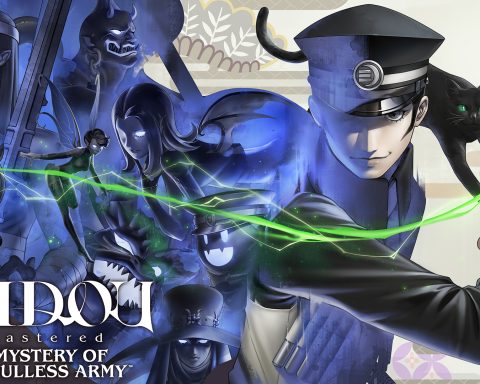List by Matt S.
Everyone else is doing these lists at this point, and that’s probably fair enough. We’re just a few short months away from the next generation of consoles landing, and most of the big games of this generation have now been released. The few left are going to be closer to a dual this gen/next gen release, and with that in mind, it’s time to look back at the years that were and discuss our most memorable games of the generation.
I’m going to publish five per day this week – 25 in total – from November 2013, when the PlayStation 4 released, through to this point in time. These games aren’t necessarily “the best” in a traditional sense, else it would be a list of the most expensive, over-produced “AAA” blockbusters, and I’m exhausted with those. Rather, I’m publishing the most memorable games of the generation. The games that either I’m still playing to this day, or I’ve not been able to stop thinking about. The games that keep me interested in this little hobby of ours, in other words.
Feel free to chime in with your own selections as we go along, of course! It has been a truly excellent near-decade for video games, and there’s no one list that could possibly cover everything worthwhile.
NieR: Automata
NieR: Automata is a game that I am 100 per cent convinced will be among the titles studied within game studies courses as games become an art movement of similar legitimacy to literature and film. It’s not just that it’s a great game (because believe it or not that doesn’t give an artwork academic value). It’s that NieR: Automata has a lot to say, and the further you dig into it, the more it encourages you to think.
From musings on gender and religion through to a love/hate relationship with philosophy (making a joke character, naming him Jean Paul, as in Jean Paul Sartre, but then the game itself being every bit the embodiment of existentialist thought), NieR: Automata is unrelenting with its thinking, and that made it incredibly memorable to me, since most video games that achieve a certain profile and sell a certain number of copies are almost aggressively anti-intellectual.
School Girl/Zombie Hunter
I don’t think School Girl/Zombie Hunter is a particularly good game. It’s pretty trashy, really, and while “trashy” fits with the B-grade trash horror aesthetic and tone of the game, it’s not the reason this game is on the list. No. School Girl/Zombie Hunter is there because it is so overt with its objectification and the way that it finds humour therein is such that the game is eye-opening in the sheer bravery that it took to get it out there (and then localise for the western market). And that makes it memorable.
It also has one of the most memorable gameplay mechanics of the generation. Press a button to rip your character’s clothes off, and when you do that, all the zombies that were attacking you instead go berserk in leaping on the discarded uniform. It’s also highly memorable for the way it was marketed at TGS, where the booth had floor-to-ceiling cardboard cutouts of the characters, and to play the game demo you needed to walk between their legs, sit down, and then tilt your head up to see the screen and… yeah. That made for some amusing photos for the passer-by.
Bound
Bound is one of the quirkier, more artful games that Sony has backed this generation, and it’s a truly lovely little game. In theory, it’s a 3D platformer, but the highly abstracted nature of it, as well as the narrative and themes, help it to stand out, not least because it’s one of those games that address a topic developers rarely look at.
See Bound is a celebration of the kind of movement that you see in rhythmic gymnastics or ballet – a celebration of the highly aestheticised and completely unnatural kind of movement that is so difficult to capture and recreate, whether in real life or in video games. In Bound, it gives the movement an alien but nostalgic romanticism, which is ideal given that the game tracks the memories of a woman back to her childhood, where she lived for dancing, and it was an escape from the struggles that her family was going through. It was evocative stuff, and a reminder that Sony could be such a power for good at the art side of the games industry too.
Date A Live: Rio Reincarnation
Date A Live was the game that finally convinced me to do my own visual novels and while mine lack anywhere near the same budget or production values, this is in some ways what I aspire to. With character art from Tsunako, the game has the most vibrant bunch of characters in any visual novel, and as a fanservicey light novel-turned-VN, it’s the kind of game that doesn’t take itself seriously by any means. It has a genuine sense of humour, however, and where I don’t remember much of most fanservicey VNs because the humour is so rote across the genre, with Date A Live I have any number of favourite scenes.
The interactivity is kept nice and simple (the occasional decision to make and a map to travel around… just like in my VNs), and the expansive roster of characters are all different enough that everyone’s going to have their own favourites (for me, it’s most definitely Tohka). Basically, Rio Reincarnation is one of the most memorable games of the generation for me because it’s the epitome of what I want in a light-hearted, charming, entertaining VN. This is exactly the kind of game I like to unwind with, and one of the few that I’ve found the time to come back and replay in the time since having reviewed it.
Utawarerumono: Mask of Deception
(Read our review here)
Chronologically this is not the first Utawarerumono game, but it was the first localised into English, and the first I played. I fell immediately in love with Mask of Deception. It’s not just because it’s a wonderful mix of visual novel and tactics JRPG. It’s not just because the fan service is spot on, that the art is beautiful, or that it has some gorgeous music. No, what really caught my attention with Mask of Deception is that it’s inspired by Ainu culture and aesthetics and… we just don’t get much of that in video games.
The Ainu are a native people to Japan and are a culture that is in desperate need of preservation. While Utawarerumono isn’t an Ainu tale, as such, it is a game that has inspired a lot of people (including me) to learn more about the culture, and like with most games that inspire me to learn, I find the game to be particularly memorable as a result.
– Matt S.
Editor-in-Chief
Find me on Twitter: @mattsainsb

